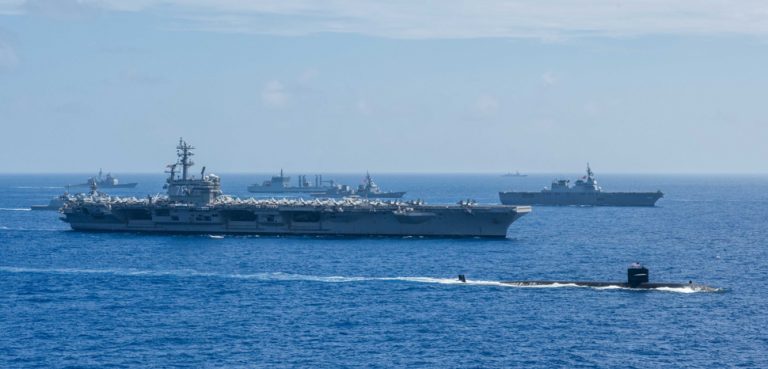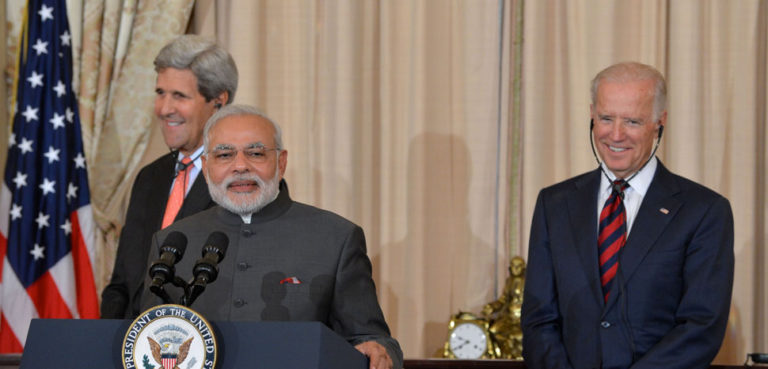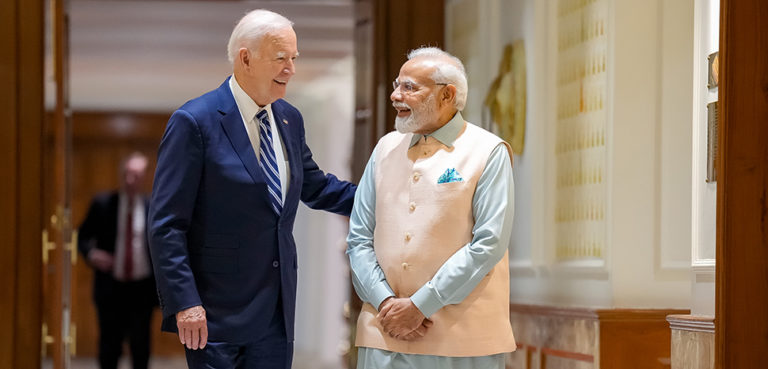India’s defense landscape is undergoing a significant transformation, marked by a delicate balancing act between deepening strategic ties with Russia while simultaneously expanding partnerships with the United States, the United Kingdom, France, and Israel. This intricate web of relationships reflects India’s evolving geopolitical priorities in a multipolar world, where maintaining strategic autonomy and ensuring national security are paramount.
Historically, India’s defense industry has been shaped by a confluence of geopolitical and ideological factors. The legacy of colonial rule left a significant imprint, with a limited indigenous defense production base and a reliance on external sources for critical military equipment. Following independence, India embarked on a path of self-reliance, driven by the imperative of national security in a volatile geopolitical environment. This led to a focus on indigenous defense production, with the establishment of public sector undertakings and research and development institutions to develop and manufacture a range of military hardware, from aircraft and tanks to missiles and submarines.
The Cold War era profoundly influenced India’s defense trajectory. As a founding member of the Non-Aligned Movement, India sought to maintain strategic autonomy by diversifying its defense partnerships. While forging strong ties with the Soviet Union, accessing crucial defense technologies and establishing vital industrial collaborations, India also engaged with the United States, seeking to diversify its defense sources and access advanced technologies. This period witnessed a complex interplay of geopolitical considerations, ideological leanings, and pragmatic necessities, shaping India’s defense posture and laying the foundation for its current approach, characterized by a pragmatic and multi-faceted strategy in its defense procurements.
The burgeoning defense trade between India and Russia continues to be a cornerstone of their strategic partnership. Recent years have witnessed an increase in the volume and depth of this relationship, encompassing not only arms sales but also joint ventures in defense manufacturing and technological cooperation. The commissioning of INS Tushil, a stealth frigate jointly built by India and Russia, on December 9, 2024 in Kaliningrad, underscores the growing sophistication of their defense industrial collaboration. This collaboration extends to critical areas like nuclear submarine technology, with India leasing nuclear-powered submarines from Russia. However, the ongoing Ukraine war has presented challenges, impacting the timely delivery of crucial Russian defense systems such as the S-400 air defense system and Sukhoi fighter jets. Reports suggest further delays in deliveries, raising concerns about India’s defense preparedness amidst ongoing border tensions.
While the Russia-India defense partnership remains significant, India has actively diversified its defense sources to mitigate risks and access cutting-edge technologies. The United States has emerged as a key defense partner, with growing bilateral cooperation in areas such as intelligence sharing, counter-terrorism, and joint military exercises. India’s acquisition of advanced US defense systems, including C-17 Globemaster transport aircraft and AH- 64E Apache attack helicopters in May 2019, reflects this deepening engagement. According to the Stockholm International Peace Research Institute (SIPRI), the United States became the second-largest arms supplier to India between 2019 and 2023, accounting for 12% of India’s arms imports.
Similarly, India has strengthened its defense ties with the United Kingdom, France, and Israel. The UK has emerged as a significant partner in defense manufacturing and technology transfer, with joint ventures in areas like aircraft carrier construction and advanced jet engines. France has been a long-standing partner in defense, supplying Rafale fighter jets and collaborating on submarine development. Further, the 2016 Rafale deal, valued at approximately $8.8 billion, has significantly enhanced India’s air power capabilities. Israel, a key technology partner, has provided India with critical defense technologies, including missile systems and unmanned aerial vehicles. Israel has been a consistent supplier of advanced weaponry to India, with deals encompassing air defense systems, missiles, and electronic warfare systems.
Data from defense industry sources and government reports reveals a steady increase in India’s defense imports from these countries over the past decade. While the exact figures vary depending on the source, it is evident that India has significantly diversified its defense procurement basket, reducing its reliance on any single supplier. According to SIPRI, India was the world’s largest arms importer between 2019–23, with Russia accounting for 34% of its arms imports, followed by France (15%) and Israel (11%). This data highlights the diversification trend, with non-Russian suppliers gaining a significant share of the Indian market.
To better understand the trajectory of the Indian defense industry, one must look at the shifting geopolitics and socio-economic outlook of the past twenty-five years. The 2000s witnessed a significant shift in India’s economic development, which directly influenced its defense trade. A period of rapid economic growth and liberalization generated increased resources for defense modernization. This coincided with growing security concerns in the region, including cross-border terrorism and rising geopolitical competition. The Kargil War in 1999 exposed critical gaps in India’s military capabilities, further fueling the need for modernization. This confluence of economic capacity and security imperatives drove a surge in defense acquisitions, with a focus on acquiring advanced technologies and upgrading existing platforms. The emphasis shifted towards acquiring force multipliers, such as precision-guided munitions, electronic warfare systems, and advanced surveillance capabilities. This period also saw a greater focus on defense offsets, aiming to leverage defense procurements to boost domestic industry and technology transfer. The desire to project power and secure India’s growing economic interests in the Indian Ocean Region also played a role in shaping defense acquisitions, with a focus on naval modernization and maritime security.
In the current period of the 2020s, new socio-economic factors are shaping India’s defense trade. The rise of China as a major economic and military power, coupled with ongoing border tensions and increasing competition in the Indo-Pacific, has intensified India’s security concerns. The COVID-19 pandemic, while impacting global economies, also highlighted the importance of self-reliance and resilience in critical sectors, including defense. This has led to a renewed emphasis on “Atmanirbhar Bharat” (Self-Reliant India) in defense production, with a focus on promoting indigenous manufacturing, reducing import dependence, and fostering innovation. The government has implemented various policy reforms to encourage private sector participation in defense manufacturing, including streamlining procurement procedures and promoting joint ventures with foreign companies. Additionally, the growing threat of cyberwarfare and the increasing importance of space-based assets have led to new areas of defense investment, with a focus on developing capabilities in these domains. The need to address these evolving security challenges, while simultaneously promoting economic growth and technological self-reliance, is driving the current trajectory of India’s defense trade.
This multi-faceted approach to defense partnerships serves several key Indian strategic interests. Firstly, it enhances India’s military capabilities by providing access to a wide range of advanced technologies and platforms. Secondly, it strengthens India’s diplomatic leverage in international affairs, allowing it to cultivate strong relationships with key global players. Thirdly, it contributes to India’s growing role as a regional security provider, enabling it to effectively address emerging security challenges in the Indo-Pacific region.
However, navigating this complex web of defense partnerships also presents challenges. Balancing competing interests and maintaining strategic autonomy requires careful diplomacy and a nuanced understanding of the geopolitical landscape. India must carefully calibrate its defense engagements to avoid alienating any of its key partners and ensure that its defense procurements serve its long-term strategic objectives.
The views expressed in this article belong to the author(s) alone and do not necessarily reflect those of Geopoliticalmonitor.com.




